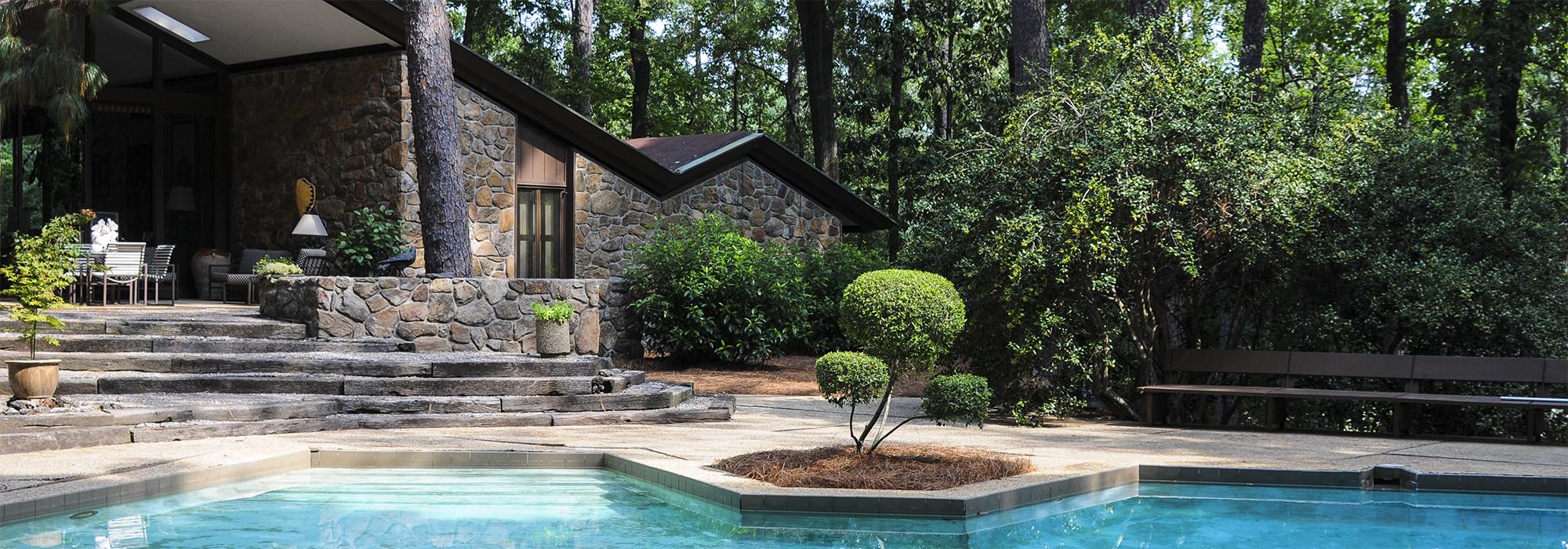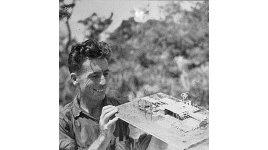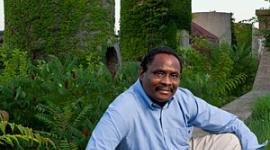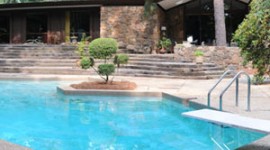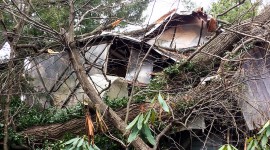James C. Rose Biography
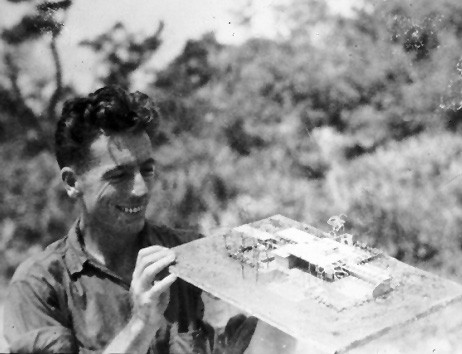
Along with Garrett Eckbo and Dan Kiley, James C. Rose (1913-1991) was one of the leaders of the modern movement in American landscape architecture. Born in 1913 in rural Pennsylvania, Rose moved with his family to New York City when he was five years old. Despite never having graduated high school, Rose managed to enroll in architecture courses at Cornell University. A few years later he transferred to Harvard University to study landscape architecture, but was soon expelled for refusing to design landscapes in a Beaux-Arts manner.
The design experiments for which he was expelled served as the basis for a series of provocative articles, that preached modernism in landscape design, published in 1938 and 1939 in Pencil Points (now Progressive Architecture). Subsequently, Rose authored many other articles, including a series with Eckbo and Kiley, his Harvard classmates, in Architectural Record. Rose also wrote several books which advanced both the theory and practice of landscape architecture in the 20th century, including; Creative Gardens (1958), Gardens Make Me Laugh (1965), Modern American Gardens--Designed by James Rose (1967, written under the pseudonym Marc Snow), and The Heavenly Environment (1987).
Rose was both a modern landscape theorist and a practitioner. In the 1940s, he was employed briefly at Tuttle, Seelye, Place and Raymond in New York City, and later maintained a sizable practice of his own. Rose quickly decided that public and corporate work would impose too many restrictions on his creative freedom and devoted the rest of his career to the design of private gardens. Due to this devotion to intimately-scaled projects, Rose’s career has not been as well recognized as his fellow modern rebels, Kiley and Eckbo.
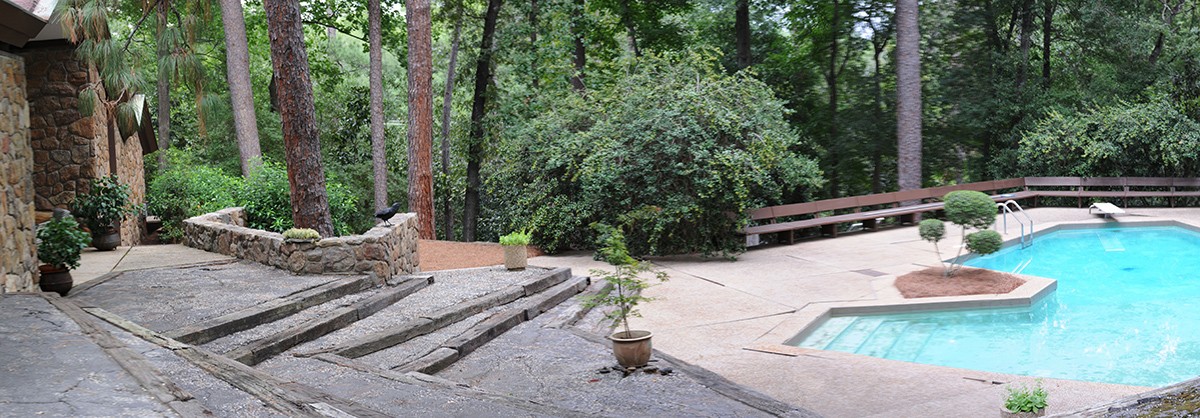
In 1953, he built one of his most significant designs, the Rose Residence (now the James Rose Center for Landscape Architectural Research and Design) in Ridgewood, New Jersey. Rose conceived of the design while stationed in Okinawa, Japan during World War II. The completed landscape was later published in the December 1954 issue of Progressive Architecture, juxtaposed with the design for a traditional Japanese house built in the garden of the Museum of Modern Art in New York. It clearly expresses Rose's spatial discipline, the fusion between indoor and outdoor space, and his belief that modern design must be flexible enough to allow for changes in the environment, as well as in the lives of its users.
From 1953 until his death, Rose based an active professional practice in his home. Like Thomas Church and many others, Rose practiced a form of design/build because it gave him control over the finished work and allowed him to spontaneously improvise on-site. As a result of this, most of Rose's work is concentrated near his home in the area of northern New Jersey and New York--although significant examples also exist in Connecticut, Florida, Maryland, California, and abroad.
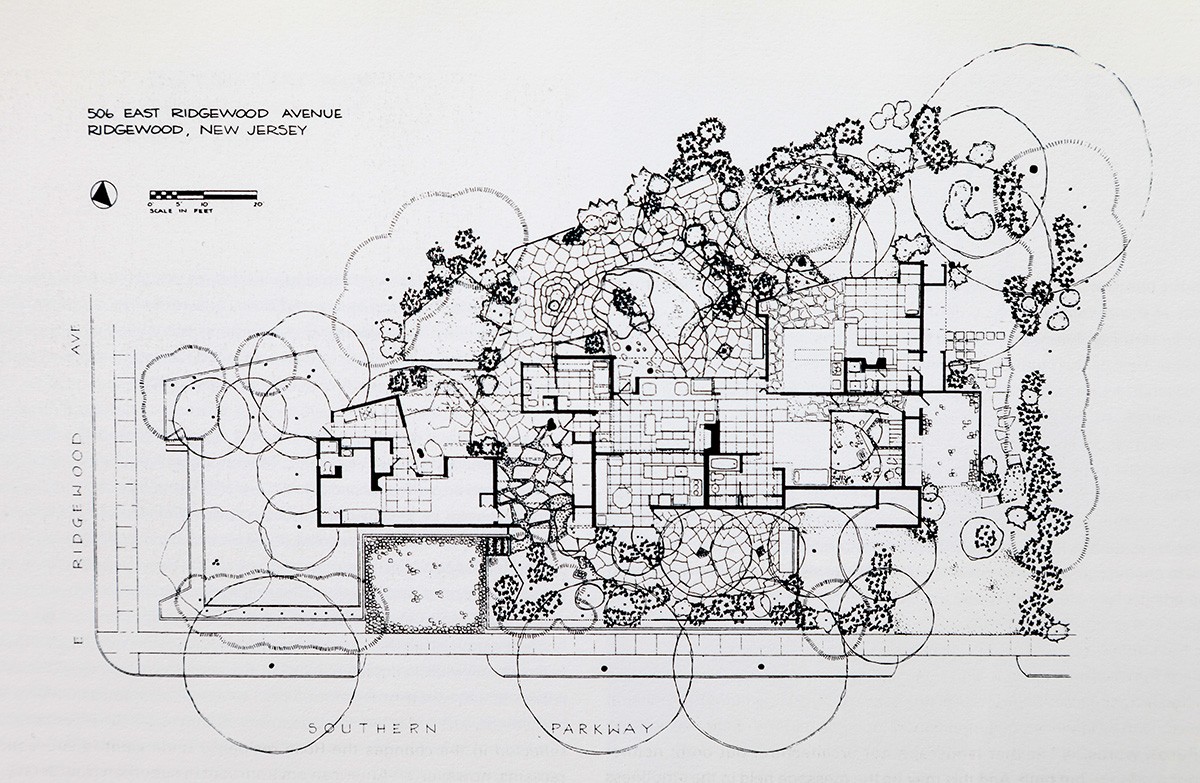
Besides evidencing spontaneous improvisation, several distinct qualities characterize Rose’s gardens. The landscapes lend themselves to contemplation and self-discovery, sensitively responding to their sites, by incorporating existing natural features such as rock outcroppings and trees as part of a flexible, asymmetrical geometry. Abhorring waste, Rose often recycled discarded building materials and constructions originally intended for other purposes. Old doors became elegant garden benches, metal barbeques turned into fountains, railroad ties became walls for irregular garden terraces. Overall, Rose's gardens are highly ordered sculptural compositions of space meant to be experienced rather than viewed. While Rose's gardens exhibit little interest in color or concern for horticultural variety, they sensitively reveal the natural character of their sites.
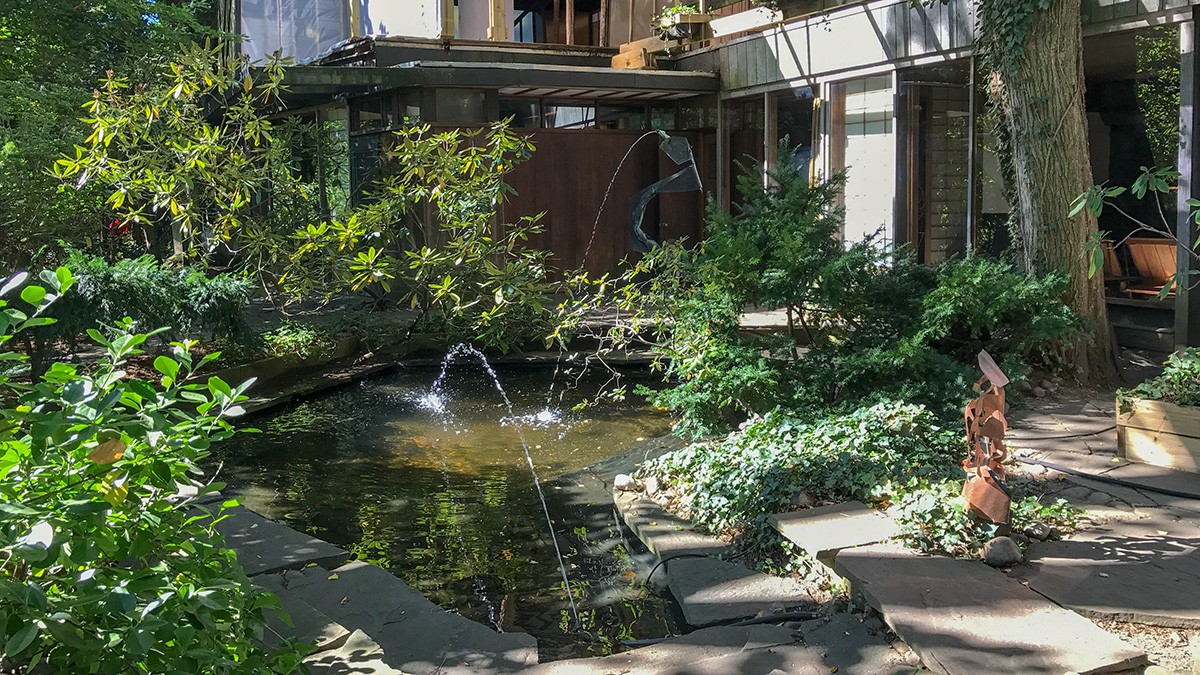
In 1970, Rose was invited to be a participant at the World Design Conference in Japan. This experience deepened his appreciation for Japanese culture, and is reflected in the misidentification of many of his gardens as "Japanese." Rose's distinctive modern American gardens, like many Japanese gardens, attempt to reflect the spirit of the place in which they exist. While Rose made frequent trips to Japan and became a practicing Zen Buddhist, his gardens retain an aesthetic identity singular to the American environment.
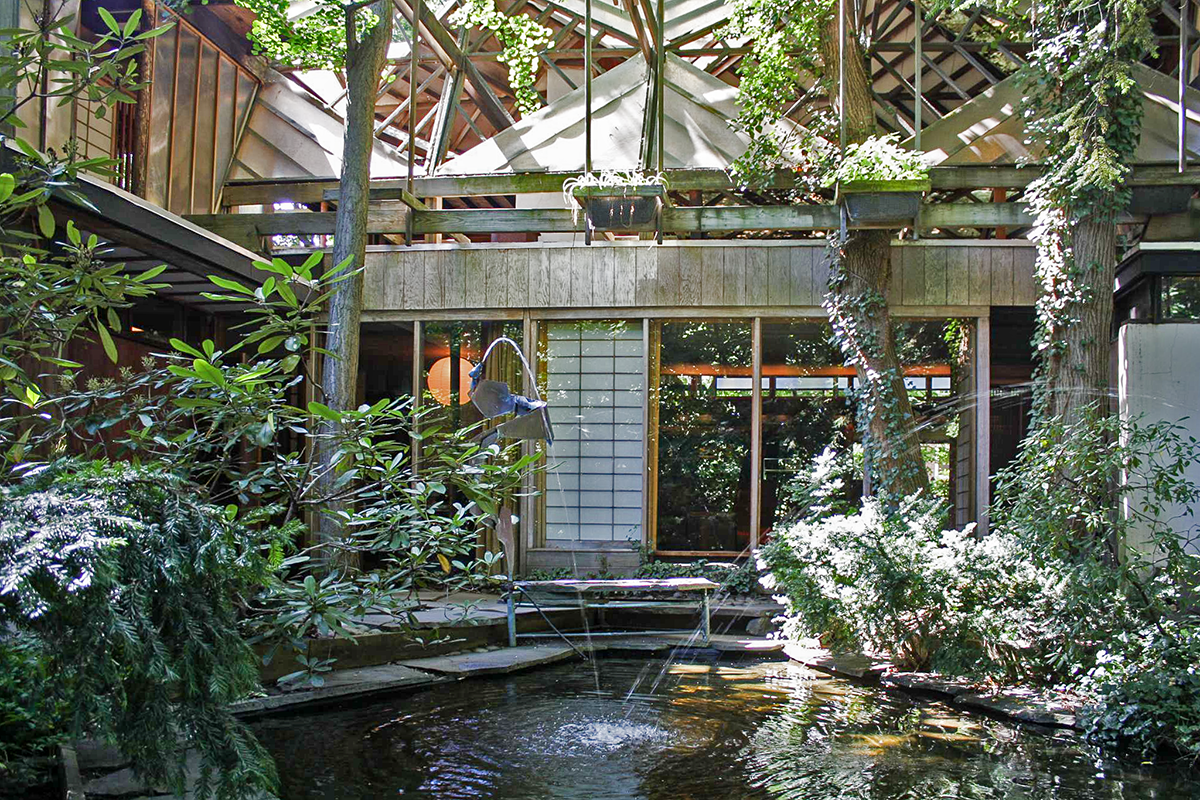
James C. Rose was part of the groundbreaking movement which revolutionized the way in which landscape architecture was designed and practiced in the United States. While skeptical of most institutions, during his lifetime he served as a guest lecturer and visiting critic at numerous architecture and landscape architecture schools. Before his death, he established a landscape research and design study center--and created a foundation to support the transformation of his Ridgewood residence for this purpose. Rose died in 1991 at the age of seventy-eight.
Bibliography
Rose, James C. Creative Gardens. New York, NY: Reinhold Publishing Corp.; 1958. This is Rose’s first book expounding modernism in both his theory and practice. It includes numerous photographs and plans.
Rose, James C. Gardens Make Me Laugh. Norwalk, CT: Silvermine Publishers; 1965. Rose’s second book with drawings by Osborn is a humorous essay reflecting on the nature of Rose’s contemporary landscape architectural practice.
Rose, James C. The Heavenly Environment. Hong Kong: New City Cultural Service, Ltd.; 1987. Rose’s last book which he described as “a landscape drama in three acts with a backstage interlude.” In it the mature theory and practice of Rose are expressed. Illustrated.



